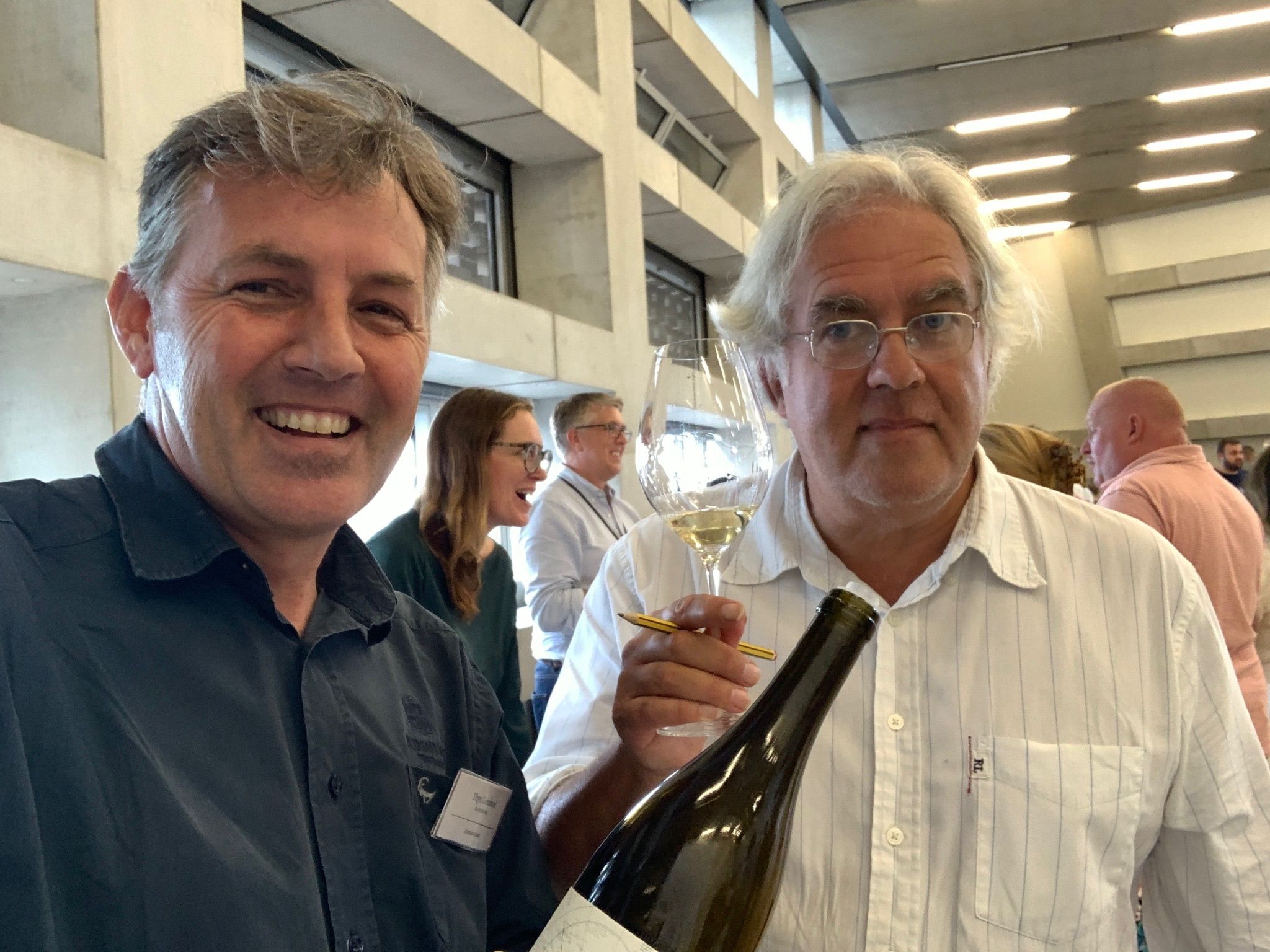“I really feel for people in hospitality – it’s been tough and will probably get tougher. But people in London, in particular, won’t stop going to restaurants,” says Jeroboams CEO Matt Tipping.
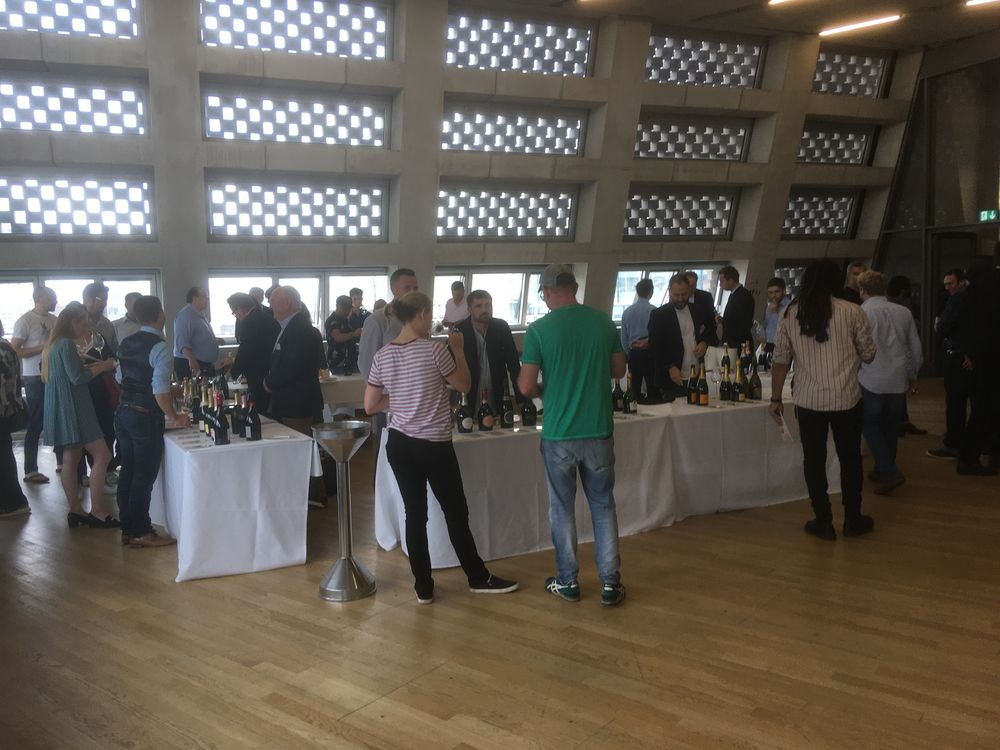
Jeroboams tasting, Blavatnik Building, Tate Modern
I first became aware of Jeroboams in my early 20s, as a regular visitor to their Pont Street shop around from my parents’ house in Chelsea. Even in 1985, I realised this was a rather different sort of operation to the nearby Victoria Wine, with a range of offerings unusually broad for the Jacob’s Creek and cheap Bulgarian wine-dominated 1980s, from regions and varieties I’d never heard of.
Some 37 years on, Jeroboams – which integrated on-trade arm Laytons four years ago to strengthen brand identity – were at it again with a portfolio tasting that frankly puts many rivals to shame. I guessed, when I entered the Blavatnik Building of the Tate Modern that this event would be on the large side: I really hadn’t quite prepared myself for the 329 wines on show, with the whole first room taken up by fizz – that’s 50 wines before any sight of a still wine – featuring a gamut of famous agencies from Perrier-Jouet, Nyetimber, Harrow & Hope, and Gusborne, with a few mega-pricey icons in there too including the David Leclapart’s L’Aphrodisiaque NV and Armand de Brignac’s Ace of Spades NV Brut Gold.
Moving on (eventually) into the cavernous main hall, other famous producers on show included Moss Wood and Port Philip Estate from Australia, Castelfelder, Podere Le Ripi, Siro Pacenti, Casaloste and Diego Conterno from Italy (along with France, one of Jeroboams’ two most important countries) Mont Rubi and Notas Frutales de Albarino from Spain, Diemersdal from South Africa. To name just a few.
“We’re really pleased; we’ve got lots of producers on hand – some new and some going back decades. It’s been really busy which confirms our strategy of prioritising both the on-trade – where we’ve made a number of appointments including bringing Lucie Parker across from Liberty Wines as Trading Director. But also the off-trade; we’ve seen good growth thanks to Covid and the rise of Working From Home and the plan is to open more shops (there are currently eight, all in London),” says Jeroboams CEO Matt Tipping, looking around a busy Blavatnik Hall.
So, with Britain about to tip into recession and confidence low, with people concerned with their energy bills over all else, how is he seeing the next few months?
“I really feel for people in hospitality – it’s been tough and will probably get tougher. But people in London, in particular, won’t stop going to restaurants – indeed they’re going to want to get their mind off things. That makes it all the more important we get the right wines in,” he says, adding that offers aimed at making people try new things – which they did during Covid – will be part of the strategy.
Lucie Parker admits the impending tough times feel a bit like Groundhog Day, after the financial crisis, Brexit and Covid.
“As an independently owned family business, we can be very supportive towards our customers when times are tough. One of the strengths of Jeroboams Group is its diversity, this helped us during lockdown and will hopefully help us weather whatever lies ahead”.
For Tipping, the middle part of the wine list – £10-30 area – is absolutely key.
“The good news is that we have a very wide range. At the end of the day, however bad things get, there’s always a place for wine.”
Indeed, and for those looking to distract themselves from the grim news outside, a flick through Jeroboams’ hefty catalogue should prove a substantial distraction.
Here are the 12 producers and the wines which stood out for me
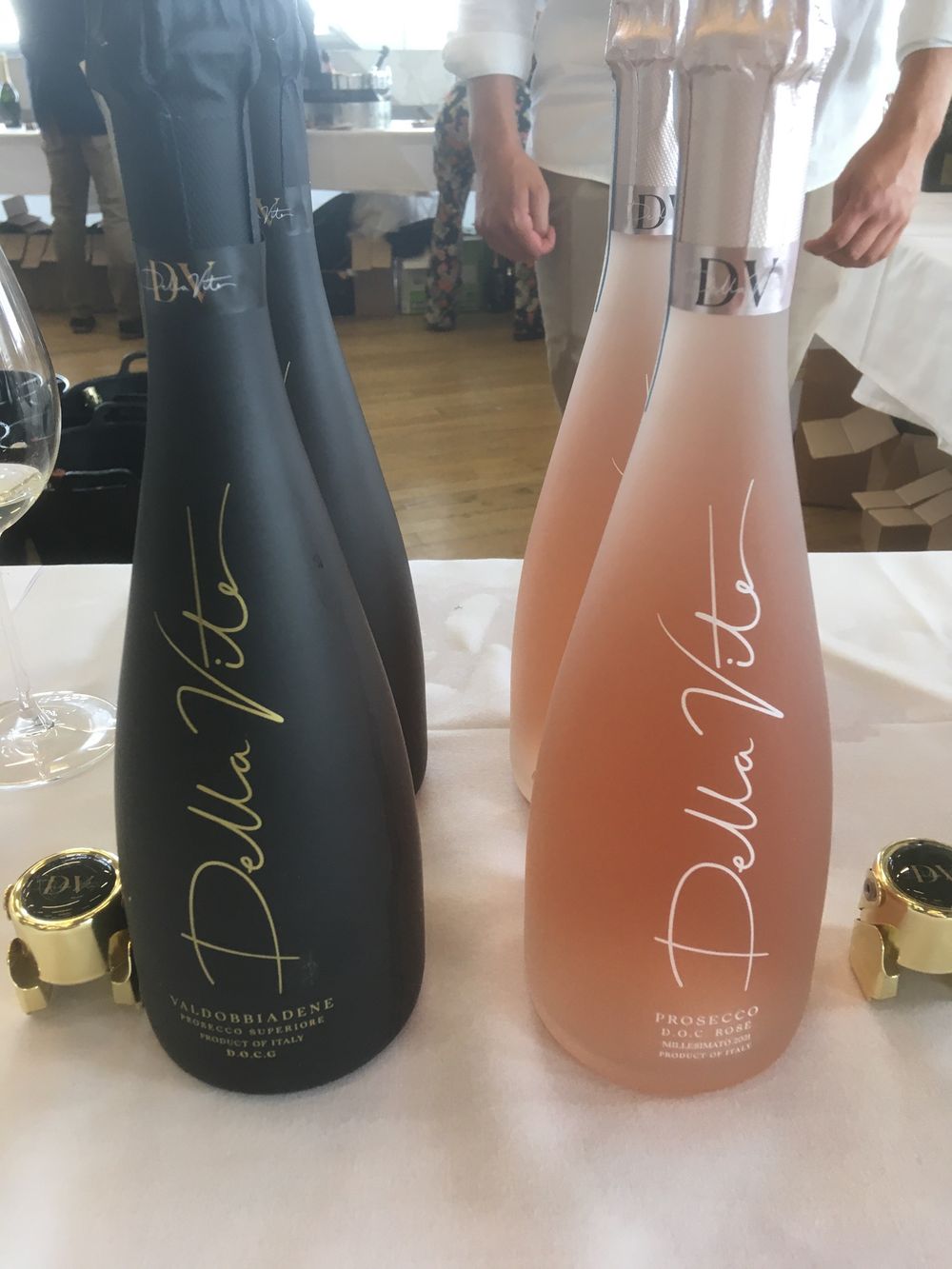
Della Vite (Italy)
First off, some great Prosecco made for Della Vite by renowned Valdobiaddene Prosecco producer Foss Marai, a Superiore DOCG and a Rosé DOC from Prosecco – both really tasty with a soft mouthfeel, with the former benefitting from a 60-day fermentation, the latter (a Pinot Noir/ Glera blend) from 90 days. Both have around 14 grams residual sugar, but frankly they don’t taste it: great balance and length.
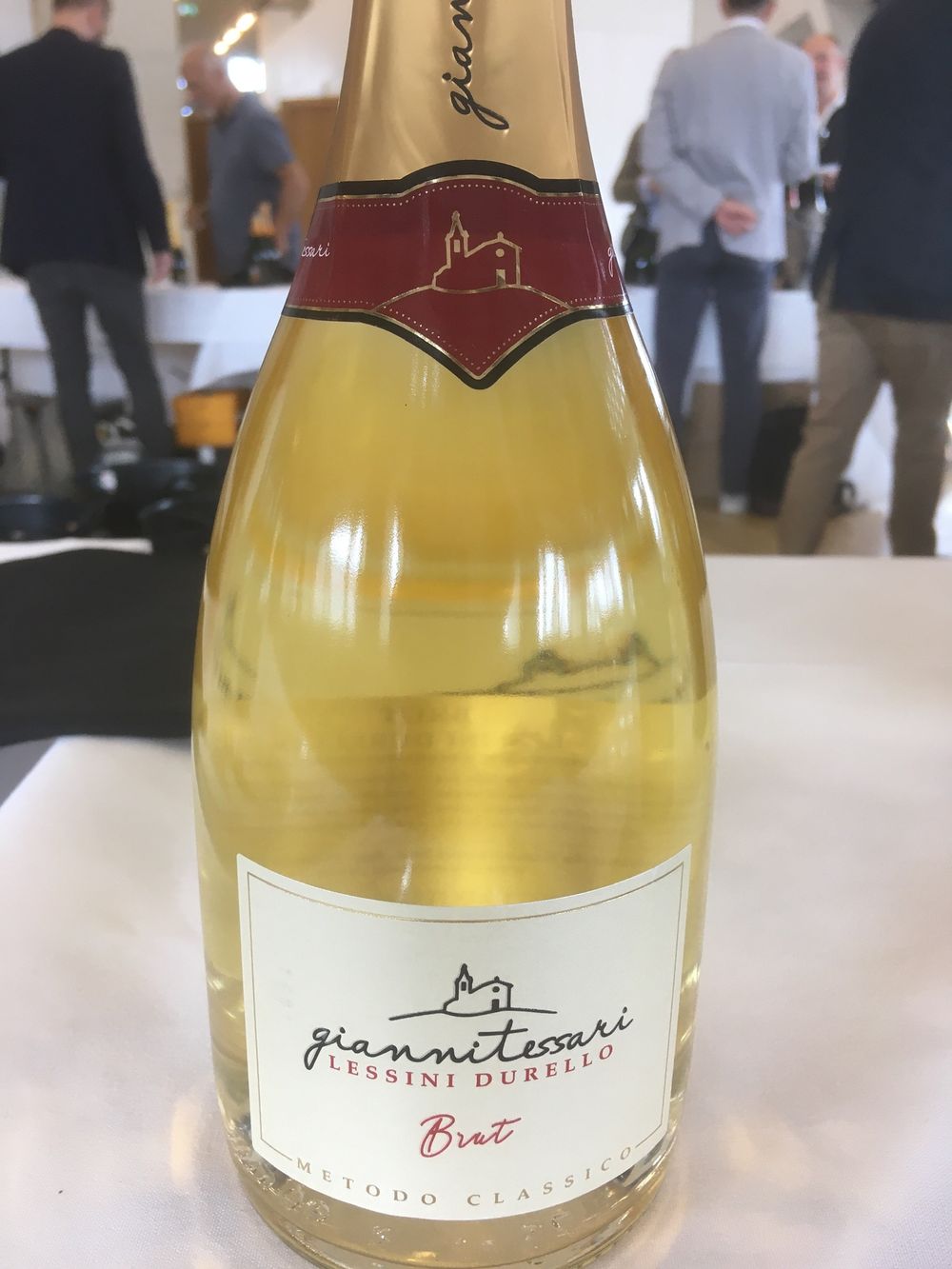
Gianni Tessari (Italy)
A few tables down, a welcome oddity also from Veneto but very much not Prosecco: the Lessini Durello Brut by Gianni Tessari is bright turmeric yellow, rounded and distinctive courtesy of the Durella grape – a new one on me but well worth seeking out. Made by the traditional method, this is a highly distinctive fizz.
Weingut Nastl (Austria)
Cristian Nastl was on hand to show his family’s wines and both the Langenlois Riesling 2020 and the Grüner Veltliner Klassik 2020 were showing well, particularly the latter which is very fresh, medium-bodied with citrus, mango and tropical flavours to the fore.
Hatzidakis Winery (Greece)
I’ve yet to taste a duff wine from this leading Santorini winery and the Santorini Familia Assyrtiko 2021 is an absolute classic, quite rounded on the palate but with all the typical saline freshness you’d expect of good Assyrtiko. A treat.
Les Quelles de la Coste (France)
John Malkovich became one of my favourite actors with such classics as The Sheltering Sky and Burn After Reading and, after tasting the wines made by his Swiss winemaker Ralf Hoegger at his estate in southern France, he has now become of my favourite celebrity winemakers (sorry Brad), The entry level LQLC Les 7 Quelles NV is an unusual blend of Pinot Noir (65%) and Cabernet Sauvignon aged in used barriques, quite rustic but with definite authenticity, with notes of sage and tarragon on the red and dark fruit palate. My favourite here though was the LQLC Cabernet Sauvignon 2015, a nuanced, atmospheric take on the variety, showing lots of character with soft tannins and fine acidity supporting the fruit. According to Hoegger, LQLC also produces a rosé and a Carignan though sadly neither were tasted.
Oldenburg (South Africa)
Thys Lombard, Oldenburg’s export sales manager, is a hard man to say no to so when he dragged me across the Blavatnik hall to taste his wines I knew I couldn’t really say no. This Banghoek Valley producer, near Stellenbosch makes seven wines (total volume 110,000) and four were on show here including the solid, clean Chardonnay 2020 and a tangy, peppery cool-climate style Syrah from 2016. The stars here though were the delicious Chenin Blanc 2020, very expressive, lots of green apple, pineapple, mango and spice – lightly oaked; and the Rhodium 2016, a delicious, moreish Bordeaux blend, very smooth and elegant, with long length. Both highly recommended.
Mont Rubi (Spain)
I’ve been a big fan of Penedes producer Mont Rubi for a few years and its wines were all showing well including the fresh Xarel-lo white 2020 and the Serres Valles Macabeu 2018 but the winner here, for me, is the full-on Giantus Radical 2018, 100% Sumoll – quite dense with blackberry notes and lots of character.
Newfound (California)
This producer was ‘new found’ to me, but a real discovery with a nice rounded and surprisingly complex Napa Valley Semillon 2018. Even better were the two reds, the Newfound Shake Ridge Mourvedre 2019 from Amador County and the Benchland Carignane 2018 from Mendocino County, both bottled unfiltered and un-fined, showing lots of cherry and dark forest fruit, with the Carignane showing the benefit of longer bottle ageing. Very well priced for such quality – particularly from California. The organic/sustainability/old vines (75 years plus in some cases) story is also very appealing (the winery was set up by two wine industry veterans and amongst the vineyards that they work is a super-steep one owned by musician Boz Scaggs – I’m old enough to remember his great 70s hits Lido Shuffle, Lowdown and Harbor Lights). Well worth trying.
Bouza (Uruguay).
This medium-sized producer (around 180,000 according to its charming rep Cristina Santoro) had a great range including a distinctive, partially oaked Chardonnay 2020 and a Merlot 2021. The stand outs for me though were: the deliciously fresh Albarino 2021, made with 10% new oak, lots of tropical fruit on the palate and a swishy, saline tang to the finish; the Tannat Sin Barrica 2020 is delicious, a very simple, unadorned but moreish take on the variety Uruguay has taken for its own. Also impressive is the more complex, lightly oaked Bouza Monte Vide Eu, a blend of 50% Tannat and 25% each of Tempranillo and Merlot. Very layered, lots of dark forest fruits but supported by soft, warm tannins. Bouza also produces an oaked Tannat, though this wasn’t tasted.
Italy and the £10-20 price bracket
Italy and the £10-20 price bracket are both key for Jeroboams so I tasted through three producers largely focused on these two brackets. The price one is probably even more key for buyers seeing as the recent Truss-ing of Sterling will make sourcing quality at low prices even more of a challenge than it has been since Brexit.

Vigna Traverso (Italy)
From northern Italy – Friuli Colli Orientali to be precise, near the Slovenia border – Vigna Traverso has an interesting range including a moreish Friulano and a rather Marmite-style 2019 Ribolla Gialla, straw-coloured, showing lots of green apple and lemon and lots of acidity. I loved the estate’s Scioppettino 2017, a medium to full bodied, textured red with forest fruits and herbs supported by fine tannins in a great expression of the variety. Very nuanced and interesting.
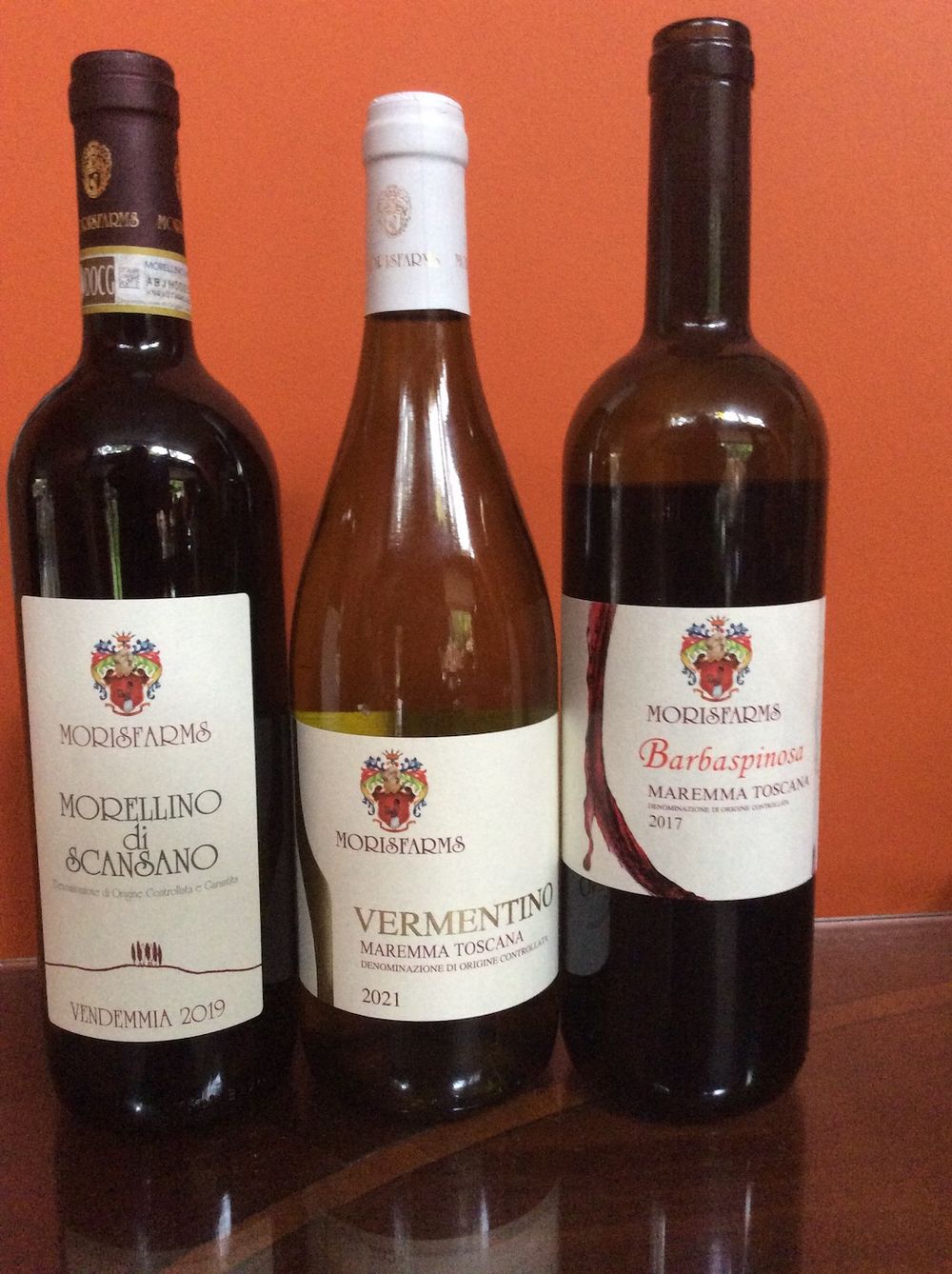
Morisfarms (Italy)
From central Italy – based near Massa Marittima in western Tuscany – Morisfarms makes a great range of wines from the local varieties notably Vermentino, Sangiovese but also the Bordeaux varietals, as is typical for the region. Morisfarms’ Vermintino 2021 is a delight, very fresh and fruity, with saline complexity and a surprisingly long finish. The Morellino di Scansano 2019 is straightforward and decent, lots of red cherry and some forest fruit in a medium weight wine designed to be drunk young. The Barbaspinosa 2017 Maremma Toscana is very different, and a bit of a slow burn: muted on first taste this blend of 90% Sangiovese and 10% Cabernet Sauvignon evolves into a well-balanced, fruit-driven wine supported by warm tannins and light acidity. Joyful, with some length.
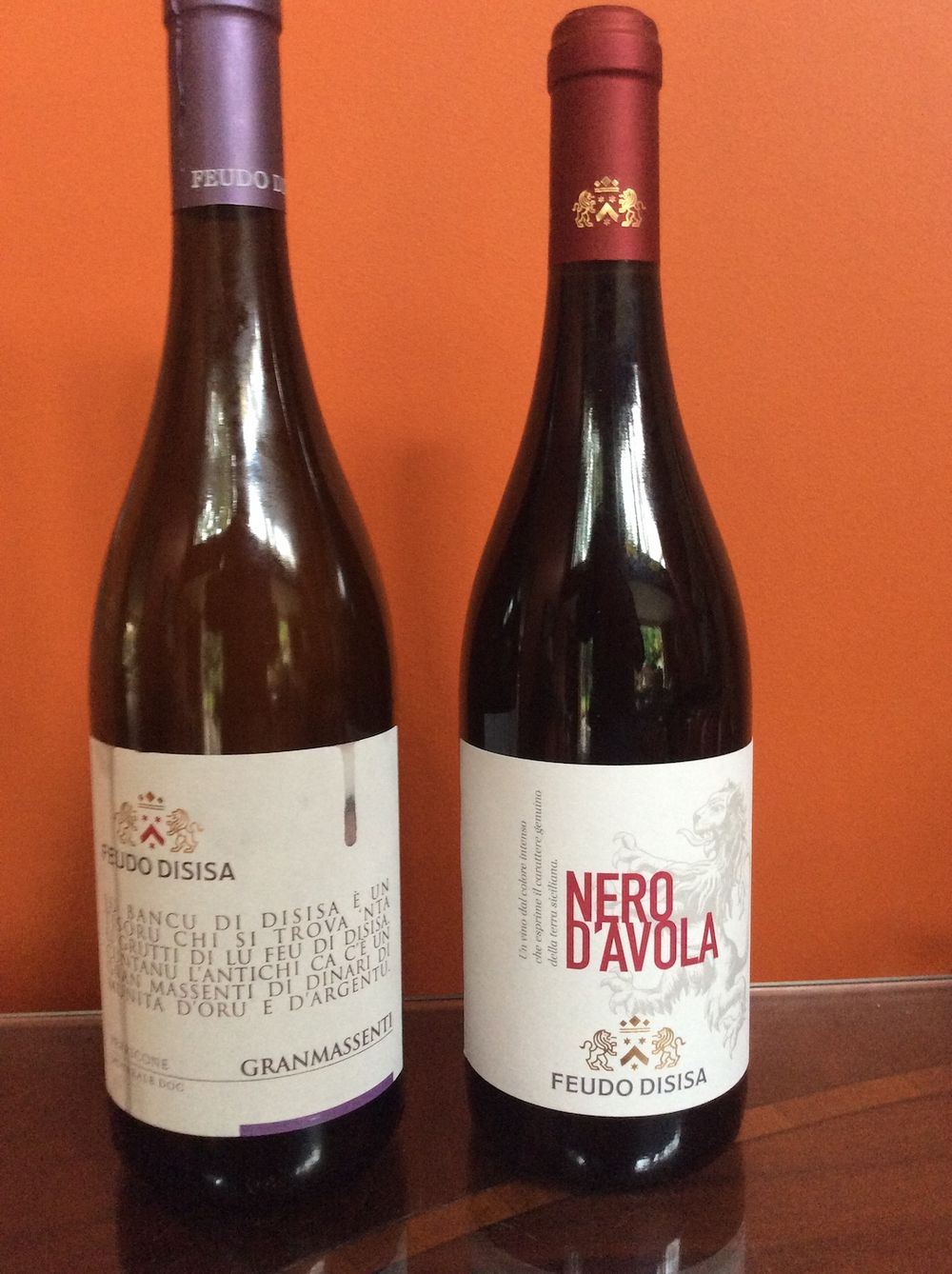
Disisa (Italy)
Down south, in Sicily, Disisa (based in Monreale, western Sicily) has a wide range although on my quite narrow tasting the reds – a typical and well-made Nero d’Avola 2019 and the Granmassenti Perricone 2019 – were greatly preferable to the overly lemon and acidic Grillo 2020, the only white I tried (although I hear good things of the Lu Bancu Catarratto 2020). I was particularly impressed by the Perricone, rarely seen as a single varietal: very dark fruit, quite dense with pepper and spice, and a long haunting finish. An unusual wine, made from one of Sicily’s oldest native grapes, this is a perfect for someone looking for a quality but out-of-the-ordinary wine.
So what does the future hold?
Many importers echo the mantra that people are drinking less but better and Lucie Parker agrees with this to some extent, suggesting there are two main trend drivers at the moment.
“One is driven by consumer demand – ‘less but better’ but exacerbated by cost-of-living pressures so people are really seeking out the good value wines with an interesting story and provenance. The other driver is small harvests in Burgundy, Champagne, New Zealand and worldwide Sauvignon Blanc, which have pushed people towards alternatives – great from for consumer experimentation but a little more stressful for our buying team! As we face these more challenging economic times, people will be expecting every occasion to deliver joy, so we need to make that happen through our wines”.
Jeroboams is a supplier partner of The Buyer. To discover more about them click here.
